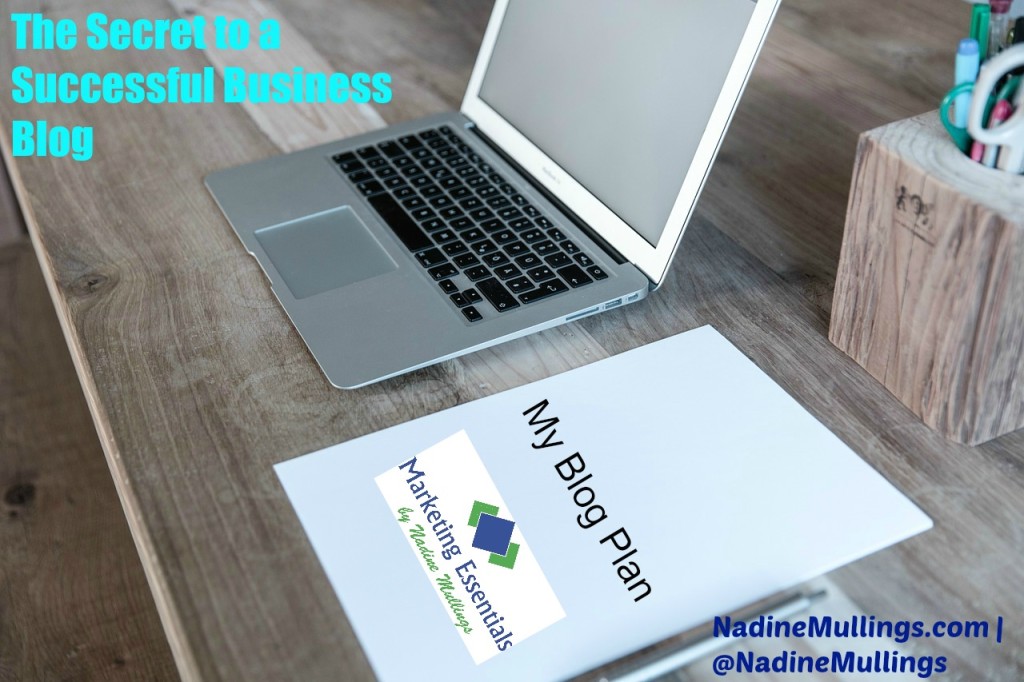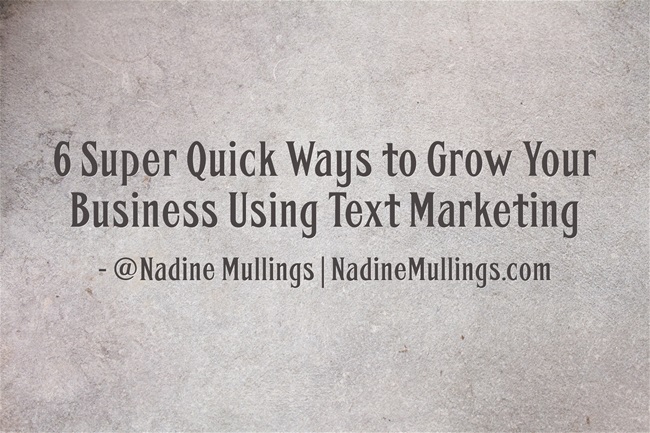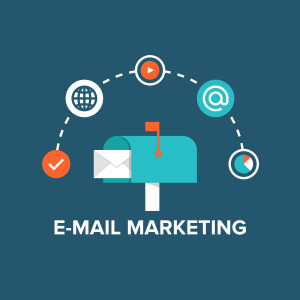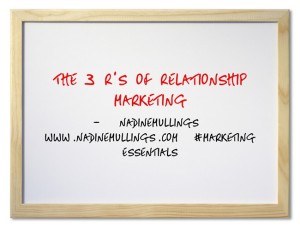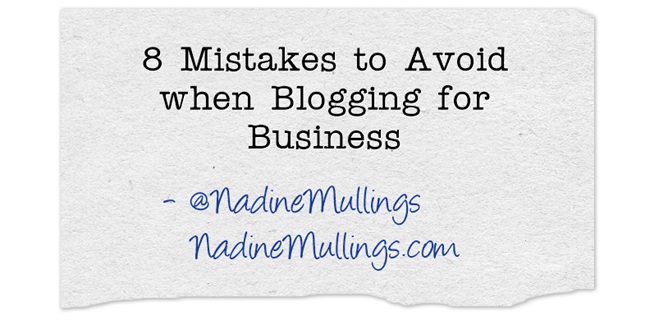 As an independent business owner, coach, or consultant, you already know the importance of creating a platform, and being known as an authority or expert in your field. When people view you as an expert in your field, you start to attract more clients, instead of having to find clients, clients are finding you.
As an independent business owner, coach, or consultant, you already know the importance of creating a platform, and being known as an authority or expert in your field. When people view you as an expert in your field, you start to attract more clients, instead of having to find clients, clients are finding you.
One of the best ways to become known in your field is to consistently create or curate awesome content, and the best platform to do that is on your own blog.
However, starting, maintaining, and keeping up with a business blog can be difficult. In this blog post I cover the 8 mistakes to avoid when blogging for business:
Mistake #1- Not creating a blogging plan
I know I say this all the time, but no matter what type of marketing activity you choose to participate in, you must create a plan for that activity, so if you decide you are going to start a business blog, you have to have a plan for your blog. The plan should include answers to the following questions:
- Who is your target audience?
- What topics do you want to cover?
- How often will you blog?
- What will your calls to action be?
- What are your blog goals?
Mistake #2- Not having a specific audience in mind
If your blog is for everyone, then it really is for no one. You have to be specific in who you are talking to, and who you are trying to reach with your blog posts, that is why selecting your target audience is the first thing in your blog plan.
Mistake #3- Not choosing specific topics
Random blogs aren’t successful unless maybe you’re a celebrity blogger, but even celebrity bloggers keep their blog topics around what they are known for or what they enjoy.
When creating a business blog, select up to five main topics that you want to be known for. All of the topics should fall under or supplement your business. For example, I blog about Marketing. There are 1001 ways you can market your business, but I mainly focus on my four key topics, blogging, social media, texting, and email marketing. If I blog about something outside of these topics, it always falls under my main topic of marketing.
Mistake #4- Not being consistent with how often you publish your blog
This is something that a lot of independent business owners, coaches, and consultants struggle with. They decide to start a blog, and at first they are pretty consistent with blogging, but as the weeks and months go on, and things get busy, their blogging becomes inconsistent. The weekly blogging turns into monthly blogging, the monthly blogging, turns into every other month.
When you decide on how often you are going to blog (daily, weekly, bi-weekly, monthly, etc.), you must stick to that schedule. Figure out what works best for your business and stick with it. Blogging daily is a difficult task for the average coach or consultant, weekly is a little more realistic, but can still be hard to keep up with, bi-weekly is a good schedule for starting out or if you feel that’s the most amount of time that you can dedicate to blogging for your business. Once a month is the least amount of time that you should commit to blogging for your business.
Mistake #5- Not having strong call to actions
I have been guilty of mistake #5 for the first few years of blogging. One of the goals of your blog should be to have your readers not only view you as an expert in your field, but to also have them take some type of action. Having strong call to actions with each blog post helps you to achieve your goal. If your goal is to build your email list, then you should have strong call to actions within your blog post and/or on your page about joining your email list. If your goal is to promote an upcoming event, then you should have strong call to actions throughout your blog post about the event (the event should also relate to the blog post topic). If your goal is to promote a product or service that relates to the blog post, then you should have strong call to actions throughout you post about the product or service.
Mistake #6- Not having goals for your blog
Having a blog is great for many reasons as already mentioned, but not having a goal for your blog is a big mistake. Is the goal of your blog to create brand awareness, if so, how do you measure brand awareness? Do you measure brand awareness by the amount of views on your blog posts? Is your blog to showcase you as an authority or an expert? If so, how do you measure becoming known as an authority or expert? Establishing and setting goals will help you to achieve the results you are aiming for with your blog.
Mistake #7- Having someone else write your blog who doesn’t understand your company voice, story, or goals
We are all busy, so it is okay to have someone write or contribute to your business blog, but if that person doesn’t understand the tone or voice of your brand, this could be a huge mistake. You want the feel of your blog to stay consistent, so if someone is writing or contributing to your blog, they have to understand the tone of your blog, the voice of your brand, and the goals of your blog. Otherwise they could do more harm than help in your business.
Mistake #8- Not promoting your blog posts
Just because you write it, doesn’t mean they will read it! You have to promote your blog posts on your other platforms. If you have an email list, you should promote your blog posts to your email list. If you are on social media, you should promote your blog posts on social media. You need to promote your post several times to get the exposure you need, and for people to actually read your posts, so be sure to promote, promote, promote!
Are you blogging for business? Have you made any of the mistakes listed above? Be sure to comment below and share your blog with us, by listing it in the comments below.
If you need help with coming up with a Blogging Plan, we can help! Be sure to contact us for a FREE Blogging Success Strategy Session

